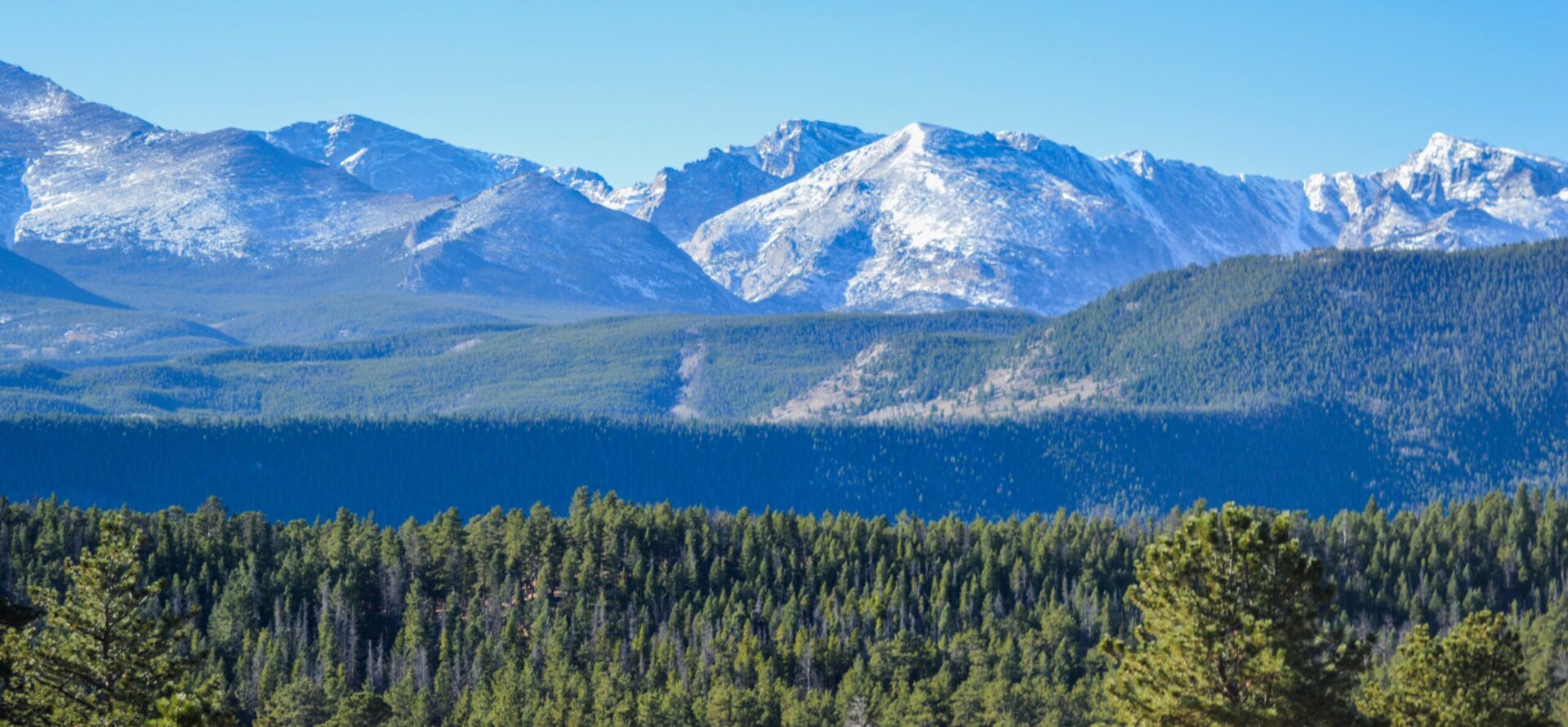United States
Combating Climate Change through Sustainable Forest Management
The most recent revisions to Sustainable Forestry Initiative (SFI)'s forest management standard (2022) includes 2 new objectives that are focused significantly on forest management adaptation to climate change. In this webinar, Darren Sleep, PhD, Senior Director of Conservation Science and Strategies at SFI explores these new objectives that will help drive forest management adaptation to climate change across Canada.
SFI 2022 Forest Management Standard: Section Two
This standard promotes sustainable forestry based on 13 Principles, 17 Objectives, 41 Performance Measures and 114 Indicators related to water quality, biodiversity, wildlife habitat, species at risk and Forests with Exceptional Conservation Value.
Responding to Climate Change in National Forests: A Guidebook for Developing Adaptation Options
This guidebook contains science-based principles, processes, and tools necessary to assist with developing adaptation options for national forest lands. The adaptation process is based on partnerships between local resource managers and scientists who work collaboratively to understand potential climate change effects, identify important resource issues, and develop management options that can capitalize on new opportunities and reduce deleterious effects.
Forest Adaptation Resources: Climate Change Tools and Approaches for Land Managers 2nd Edition
This second edition of the Forest Adaptation Resources provides a collection of resources designed to help forest managers incorporate climate change considerations into management and devise adaptation tactics. The ideas, tools, and resources presented in the different chapters are intended to inform and support existing decision-making processes of multiple organizations with diverse management goals.
A Climate Adaptation Strategy for Conservation and Management of Yellowcedar in Alaska
This report presents a conservation and management strategy for yellow-cedar in Alaska in the context of climate change. Specific management considerations are presented regionally and for 33 separate geographic zones where yellow-cedar grows in coastal Alaska.
Growing Assisted Migration: Synthesis of a Climate Change Adaptation Strategy
Assisted migration may be necessary as a climate change adaptation strategy for native plant species that are less adaptive or mobile. First proposed in 1985, assisted migration has gained attention since 2007 as a strategy to prevent species extinction, minimize economic loss, and sustain ecosystem services. We present a synthesis of proposed assisted migration guidelines and provide resources for nurseries, landowners, and researchers.
Climate Change and Forest Trees in the Pacific Northwest – Guide to Vulnerability Assessment Methodology
This guide provides a step-by-step description of the methodology used to apply the Forest Tree Genetic Risk Assessment System (ForGRAS) to the tree species of the Pacific Northwest in a recent climate change vulnerability assessment.
Drivers of Change in U.S. Forests and Forestry Over the Next 20 Years
This report explores eight drivers of change expected to influence forests and forestry in the United States over the next 20 years. Climate and associated climate change as a driver of change is explored in this report. The drivers were identified through a review of strategic foresight literature and projects, the USDA Forest Service Northern Research Station horizon scanning system, and iterative brainstorming by the Forest Service’s Northern Research Station Strategic Foresight Group and partners.
Climate Change Vulnerability and Adaptation in the Northern Rocky Mountains: Part 2
U.S. Forest Service scientists, resource managers, and stakeholders worked together over 2 years to conduct a state-of-science climate change vulnerability assessment and develop adaptation options for national forests and national parks in the Northern Rockies region.
Climate Change Vulnerability and Adaptation in the Northern Rocky Mountains Part 1
U.S. Forest Service scientists, resource managers, and stakeholders worked together over 2 years to conduct a state-of-science climate change vulnerability assessment and develop adaptation options for national forests and national parks in the Northern Rockies region.










